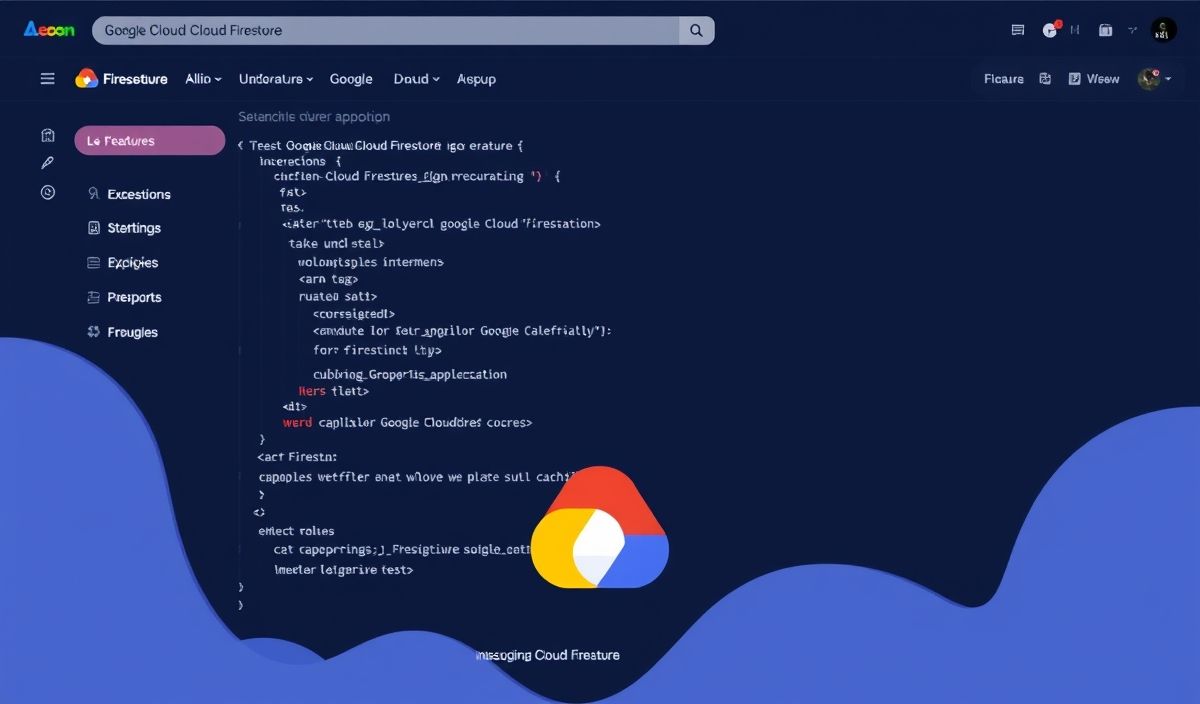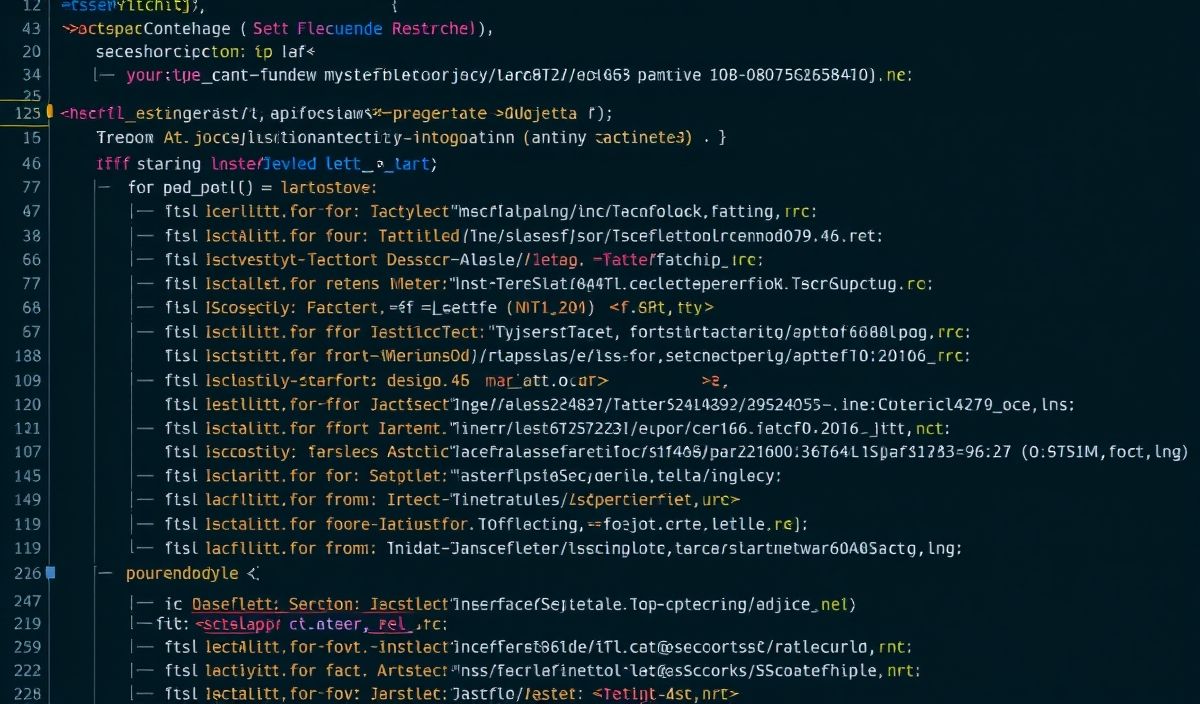Understanding the Power of set-value for Efficient Web Development
The set-value library is an essential tool for anyone working with JavaScript objects. It allows you to set values in an object using a dot notation string path, enabling efficient modifications and updates within complex data structures. Below, we provide a comprehensive guide to the set-value library, featuring several useful API explanations with code snippets that will enhance your understanding and application of this tool.
API Example: Basic Usage
Setting a simple value within an object:
const setValue = require('set-value');
let obj = {};
setValue(obj, 'user.name', 'John Doe');
console.log(obj); // { user: { name: 'John Doe' } }
API Example: Overwriting Values
Overwriting an existing value within an object:
let obj = { user: { name: 'John Doe' } };
setValue(obj, 'user.name', 'Jane Smith');
console.log(obj); // { user: { name: 'Jane Smith' } }
API Example: Nested Objects
Setting a value within a nested object structure:
let obj = {};
setValue(obj, 'a.b.c.d', 42);
console.log(obj); // { a: { b: { c: { d: 42 } } } }
API Example: Arrays
Handling arrays within objects:
let obj = { a: [] };
setValue(obj, 'a.0', 'first element');
console.log(obj); // { a: ['first element'] }
API Example: Non-Existent Keys
Setting values even if path keys do not exist:
let obj = {};
setValue(obj, 'x.y.z', 'new value');
console.log(obj); // { x: { y: { z: 'new value' } } }
API Example: Merging Objects
Merging object properties using set-value:
let obj = { a: { b: 1 } };
setValue(obj, 'a', { c: 2 });
console.log(obj); // { a: { b: 1, c: 2 } }
API Example: Using the Merge Option
Using the merge option for more complex setups:
let obj = { a: { b: { c: 3 } } };
setValue(obj, 'a.b', { d: 4 }, { merge: true });
console.log(obj); // { a: { b: { c: 3, d: 4 } } }
API Example: Deep Merging
Ensuring deep merging within the object:
let obj = { a: { b: { e: 5 } } };
setValue(obj, 'a.b', { c: { d: 6 } }, { deep: true });
console.log(obj); // { a: { b: { e: 5, c: { d: 6 } } } }
Application Example: Dynamic Form Data
Using set-value in a real-world example:
const setValue = require('set-value');
function handleFormChange(event) {
let formData = {};
let path = event.target.name; // assuming form fields use dot notation for name attributes
setValue(formData, path, event.target.value);
console.log(formData);
}
// Simulate form change events
handleFormChange({ target: { name: 'user.name', value: 'Jane Doe' } });
handleFormChange({ target: { name: 'user.email', value: 'jane.doe@example.com' } });
By employing set-value, you are able to dynamically update your form data, keeping your code clean and manageable.
Explore the power of set-value and see how it can simplify and enhance your web development process.
Hash: 57e1bfdf3310c51e05f0975637363ada79deba8e7d7bb6af10cf207f76f6c970




